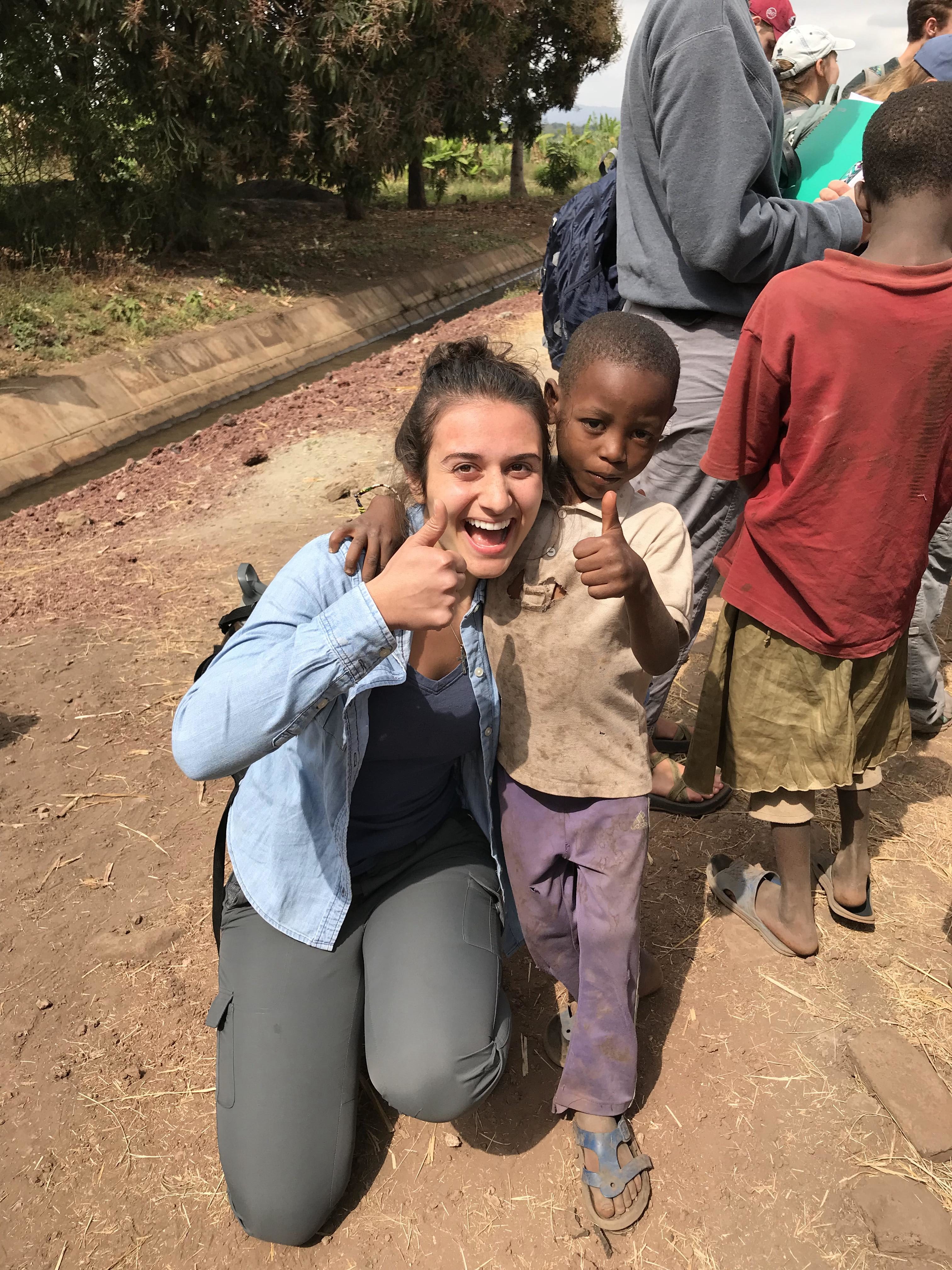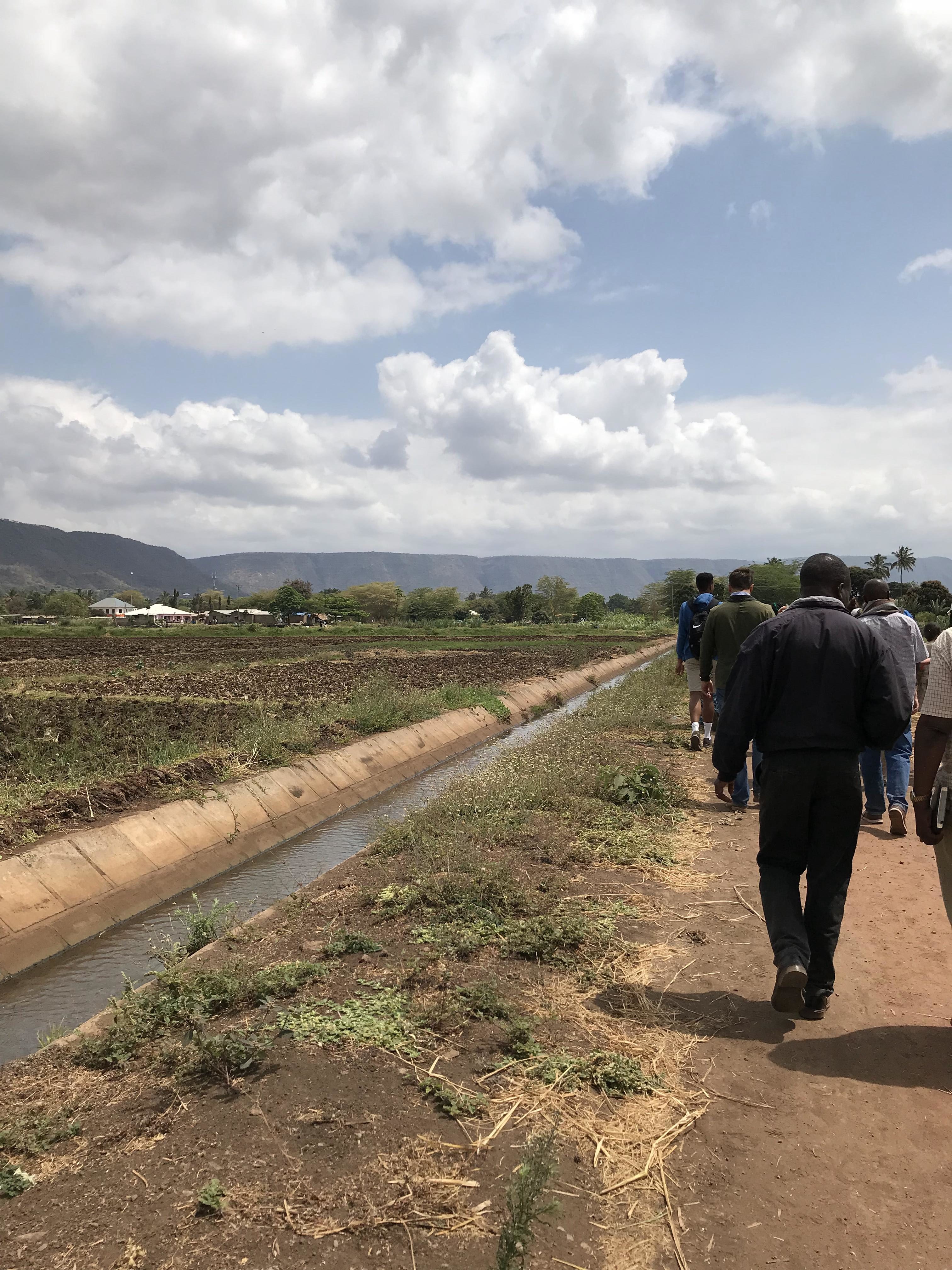The majority of our lectures are inside the classroom but we have field lectures, exercises, projects, and safaris at least 2-3 times a week! This is the type of learning I enjoy and understand the most.
So today we went to Mto Wa Mbu, a city close to Rhotia (my home location) and had class out on the field. First we went to a location that used to be populated with many elephants but due to agriculture and human settlements, elephants are rarely seen there now. Our professors talked about some of the issues involving the human wildlife conflict by considering the wildlife, the local people and their culture, as well as, the politics behind these wildlife conservation and management efforts.
After this introduction on the history of the area and community occupying it, we had the opportunity to talk to some local people and an amazing guest speaker to represent that community. He discussed the human wildlife conflict in more detail and specifically focused on the management efforts. He told us that a big issue the local people used to face as human settlements increased in areas populated by wildlife was loss of livestock, crops, and destruction of homes in some occasion. Also, the increase of human settlement caused blockage of many corridors used for animal migration. The co-living of humans and wildlife, encouraged the spread of more issues.
Wildlife efforts provided protected areas for animals with national parks. Additionally, they designated a no man’s land to act as a buffer for animals and people for them to commonly use. This land is government property in which people can use for agriculture at their own risk as animals may trespass this area freely. It is illegal to kill wildlife in this area or their living place unless, these animals threaten the livestock and the well being of the people. Even though, conflict is reduced and it is rare that animals cause issues for the people, it continues to be an issue.Thus, wildlife conservationist have been trying to reduce some human wildlife conflict by providing a more affordable fencing technique to keep elephants out of the people’s land. These techniques include, chili and beehive fencing; these are some things that elephants are afraid of and would therefore be discouraged from entering such a space.
 My classroom : )
My classroom : )
 My classmates and I paying attention to our guest speaker
My classmates and I paying attention to our guest speaker
 So many little kids saying hi to us and joining us on our walks!
So many little kids saying hi to us and joining us on our walks!
 It was very interesting to learn about how much these people know and how much work is needed to manage human wildlife conflicts
It was very interesting to learn about how much these people know and how much work is needed to manage human wildlife conflicts
I am learning so much here, can’t wait for the next field experience at Lake Manyara National Park!
Baadaye!
